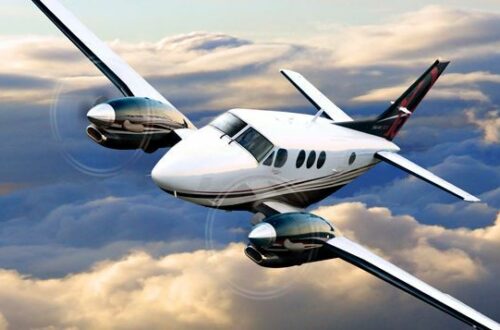Twin-engine configurations have become a hallmark of various vehicles, from aircraft to motorcycles and boats. The use of two engines in tandem offers a range of advantages and introduces its own set of challenges. This article will delve into the dynamic world of twin-engine configurations, exploring the benefits and hurdles associated with this engineering approach.
Advantages:
- Redundancy and Safety: Twin-engine configurations provide redundancy, enhancing the safety of the vehicle. In the event of an engine failure, the remaining engine can often provide enough power for the vehicle to continue operating safely. This is especially crucial in aviation, where safety is paramount.
- Increased Power and Performance: One of the primary advantages of twin-engine setups is the boost in power and performance. Whether in aircraft or high-performance cars, the presence of two engines allows for greater thrust and speed. This is particularly valuable in situations where rapid acceleration or climbing is required.
- Improved Fuel Efficiency: Surprisingly, twin-engine configurations can contribute to improved fuel efficiency under certain conditions. By distributing the workload between two engines, each engine can operate at a more optimal level, leading to better fuel economy compared to a single, overworked engine.
Challenges:
- Complexity and Cost: Implementing and maintaining a twin-engine system can be more complex and expensive than a single-engine setup. This is true for both manufacturing and ongoing maintenance, making twin-engine configurations less accessible for budget-conscious projects.
- Weight and Space Considerations: While twin engines offer increased power, they also come with the drawback of added weight and space requirements. This can be a significant factor in industries where minimizing weight is crucial, such as aviation or certain types of racing.
- Synchronization and Control: Ensuring perfect synchronization between two engines is a technical challenge. Variations in performance or response between the two engines can lead to handling issues. Proper control systems and technologies must be in place to manage this effectively.
Conclusion:
In conclusion, the dynamic nature of twin-engine configurations presents a fascinating balance between advantages and challenges. The redundancy and performance benefits make twin-engine setups indispensable in certain applications, while the complexities and costs associated with them require careful consideration in the design and implementation phase.




